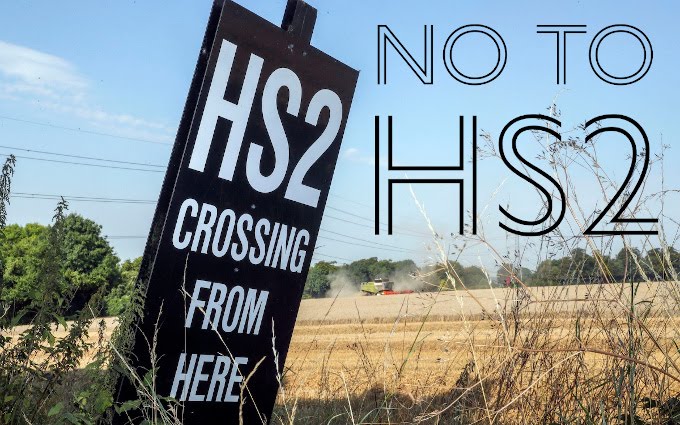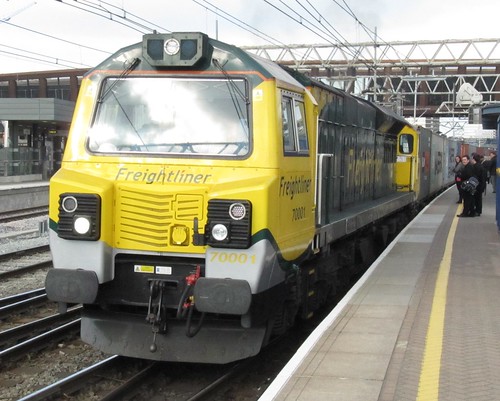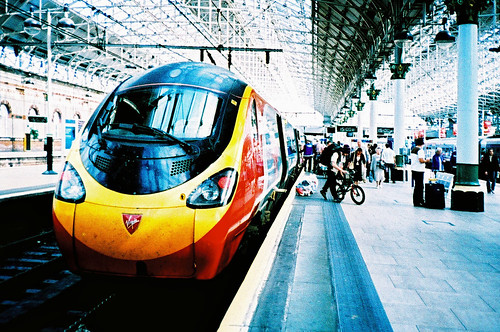I have little sympathy over the fury about rail fare rises. A major cost here is rolling
stock. Had it not been for the mad panic over safety in the period after
the Clapham rail accident, the mark 1 slam door stock would still be in
service. This would have considerably reduced the costs of the whole
operation. It was good for about 45 years from 1975 ie in the normal way
of things the last of it would have been withdrawn in 2020. As it was,
the last of the stock was taken out of service in 2005, which means that
15 years of service life was lost - nearly one-third of the total.
There were a variety of enhancements that could have been made to this stock at minimum cost to bring them up to modern standards, plus the option of re-bodying but retaining the most expensive and valuable components ie bogies and other running gear and the electrical equipment which was simple and robust and could have been made to last indefinitely. The new stock, being heavier, also consumes more electricity which has to be paid for.
One of the reasons why the less expensive option was not chosen was because the oligolopoly of train manufacturers was anxious to sell their very expensive new products and convinced the politicians who make these decisions that trains are like cars and have a fifteen year replacement cycle.
Things are going to get much worse. As has been pointed out before, the real cost of railway rolling stock went up by a factor of about 6 between 1955 and 1995 and has risen again with the advent of trains like the Pendolino, the Crossrail replacement and the Hitachi Inter City Express which has just been ordered. The latter costs about £2.9 million per vehicle compared with £6000 per vehicle in 1955. Allowing for a factor of 40 for inflation, that makes the new trains ten times as expensive in real terms. They are not ten times more comfortable, or ten times faster or ten times safer. Passengers travelling in 1950s trains normally remark how spacious and comfortable they are in comparison with the new ones.
There were a variety of enhancements that could have been made to this stock at minimum cost to bring them up to modern standards, plus the option of re-bodying but retaining the most expensive and valuable components ie bogies and other running gear and the electrical equipment which was simple and robust and could have been made to last indefinitely. The new stock, being heavier, also consumes more electricity which has to be paid for.
One of the reasons why the less expensive option was not chosen was because the oligolopoly of train manufacturers was anxious to sell their very expensive new products and convinced the politicians who make these decisions that trains are like cars and have a fifteen year replacement cycle.
Things are going to get much worse. As has been pointed out before, the real cost of railway rolling stock went up by a factor of about 6 between 1955 and 1995 and has risen again with the advent of trains like the Pendolino, the Crossrail replacement and the Hitachi Inter City Express which has just been ordered. The latter costs about £2.9 million per vehicle compared with £6000 per vehicle in 1955. Allowing for a factor of 40 for inflation, that makes the new trains ten times as expensive in real terms. They are not ten times more comfortable, or ten times faster or ten times safer. Passengers travelling in 1950s trains normally remark how spacious and comfortable they are in comparison with the new ones.





